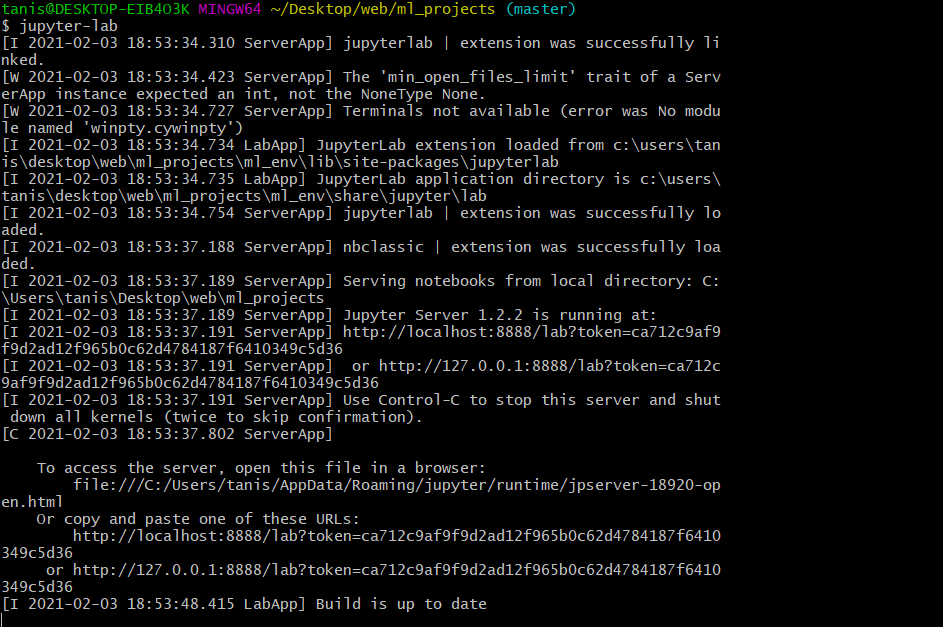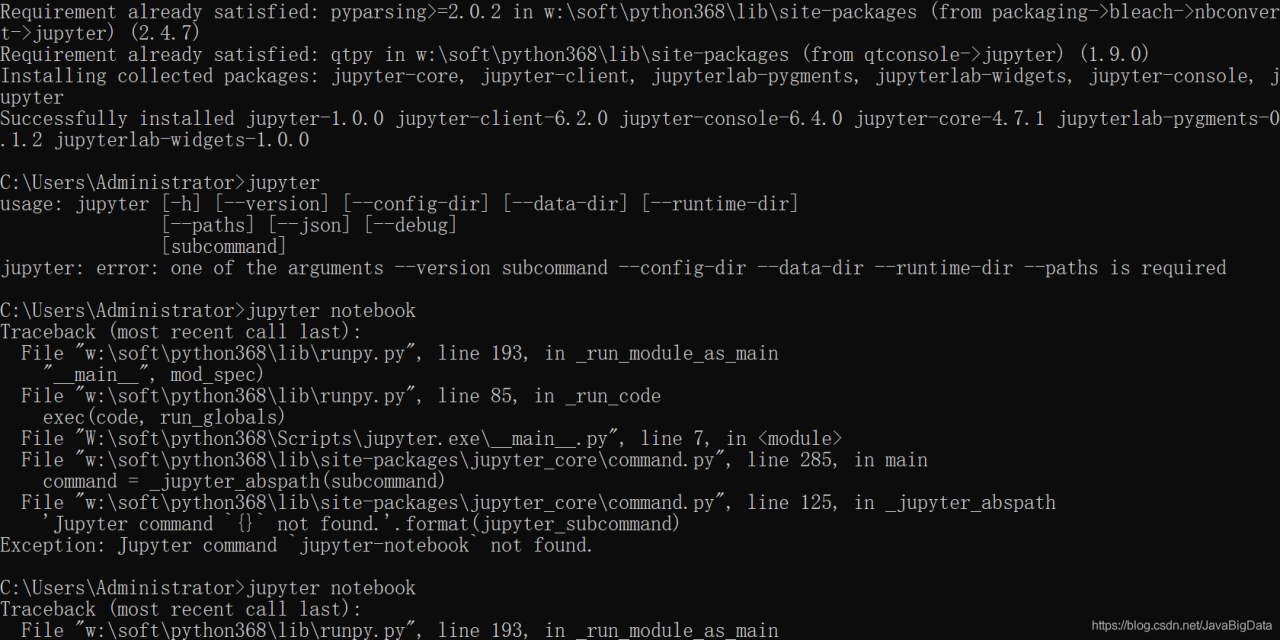

- Install jupyter notebook through pip how to#
- Install jupyter notebook through pip mac os#
- Install jupyter notebook through pip update#
- Install jupyter notebook through pip upgrade#
Install jupyter notebook through pip mac os#
It is available on Linux, Windows, and Mac OS X.
Install jupyter notebook through pip how to#
In this brief tutorial, you have learned how to install the Jupyter Notebook web application on Ubuntu 20.04.Picking a IDE with a powerful graphic debugger is CRITICAL in program development!!! Python's Anaconda Distribution (Recommended for Data Science)īesides the Official Python Distribution from, there are many Python distributions available. The first program prints out the message “ Hello guys, Welcome to Jupyter Notebook” and the second one sums the values of two variables.Īnd that’s it, folks. Here, I have run 2 simple Python programs. This launches a code editor shown that provides a line-by-line coding environment. To create a project click on the ‘ New’ button and select the ‘ Python3’ option. This takes you to the home screen of the Jupyter Notebook web application. At the very bottom, click to browse one of the links on a web browser. Some output will be displayed as shown confirming the initialization and the running status of the Jupyter Notebook platform. When the installation is complete, launch Jupyter Notebook as shown. To achieve this, use the pip3 package manager as shown. Step 5: Install and launch Jupyter NotebookĪfter activating the virtual environment, the last step is to install Jupyter Notebook. Once you run the command, notice that the prompt changes to the name of the virtual environment (jupyter_env) Next, activate the virtual environment using the source command-line tool. Here our virtual environment is called jupyter_env $ virtualenv jupyter_env Next, create a virtual environment using the command. In our case, we will create a directory called jupyter_dir and navigate into it using the following commands. Inside this directory, you will create a virtual environment and later use it to install Jupyter Notebook.

Once the requisite packages have been installed, you need to create a directory that will serve as the code directory. Step 4: Create a virtual environment for launching Jupyter This is a tool that is used for creating isolated Python environments. Thereafter, install the virtualenv Python tool. Next, we are going to install the virtual environment package.
Install jupyter notebook through pip upgrade#
Step 3: Upgrade pip & virtual environment package $ sudo apt install python3-pip python3-dev

As such we are going to install pip3 alongside the python3-dev package which is used for the compilation of Python extension modules. Pip – which is a Python package manager – will be required to install Jupyter Notebook towards the end. Step 2: Install Pip and other Python dependencies
Install jupyter notebook through pip update#
To achieve this, execute the command: $ sudo apt update The first step in installing Jupyter Notebook is to update or refresh the package index and repositories of the local system. Join us as we embark on the installation of Jupyter Notebook on Ubuntu 20.04.

Jupyter Notebook is mostly used for data science which includes carrying out operations such as data visualization, statistical modeling, numerical simulation, data cleaning, machine learning and so much more. Once referred to as iPython Notebook, Jupyter Notebook is an open-source web application that allows users to interactively run code on a web browser alongside some visualizations.


 0 kommentar(er)
0 kommentar(er)
